#folkwang essen
Explore tagged Tumblr posts
Video
tumblr
In the mood...
art by: Mischa Kuball
#photographers on tumblr#artists on tumblr#videography#mischa kuball#magic#science#art#katharina rhein#in the mood#digital art#immersive art#essen#folkwang museum
304 notes
·
View notes
Text

Constructivist artworks by El Lissitzky, Carl Grossburg and Willi Baumeister, in an article about the Essen Folkwang Museum's Art and Technology exhibit in the August 1928 Moderne Welt.
(source: Österreichische Nationalbibliothek)
#constructivist art#constructivism#1920s art#willi baumeister#el lissitzky#carl grossburger#essen folkwang museum#bauhaus
5 notes
·
View notes
Text

PHOTOGRAPHY MASTERS. Folkwang University of the Arts
Una mostra che evidenzia il livello di preparazione offerto dal master in fotografia dell’Università delle arti di Follkwang
0 notes
Text
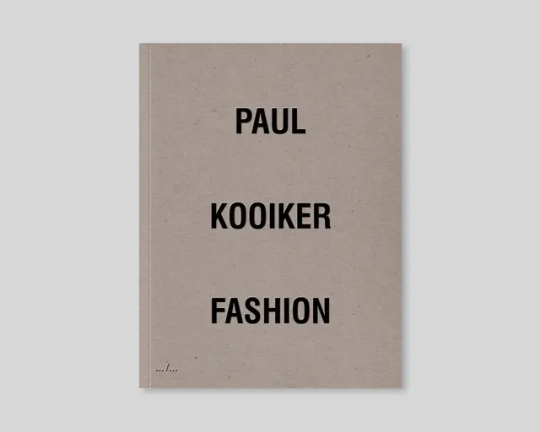


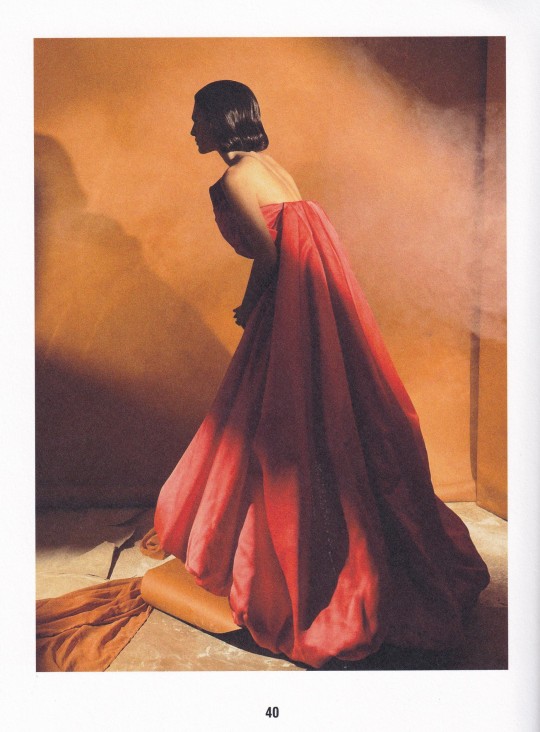
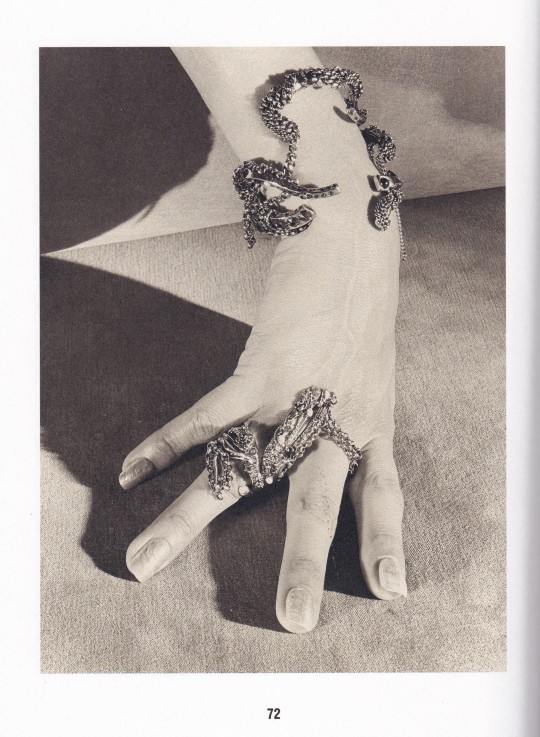

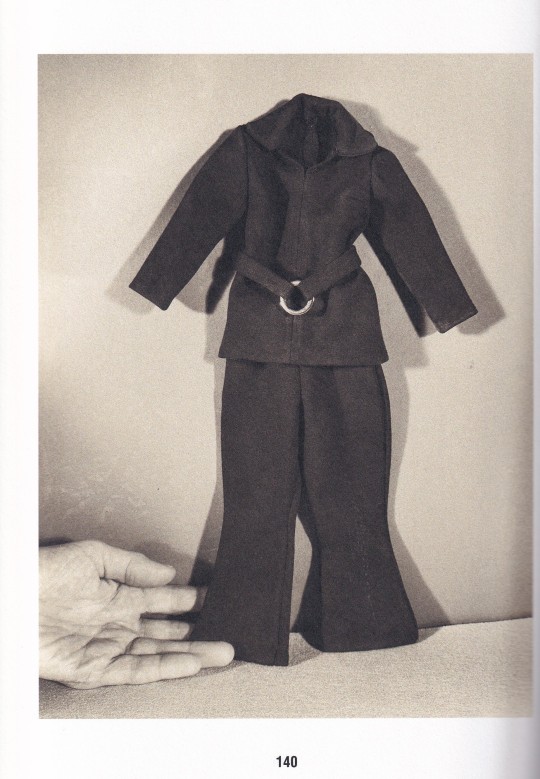

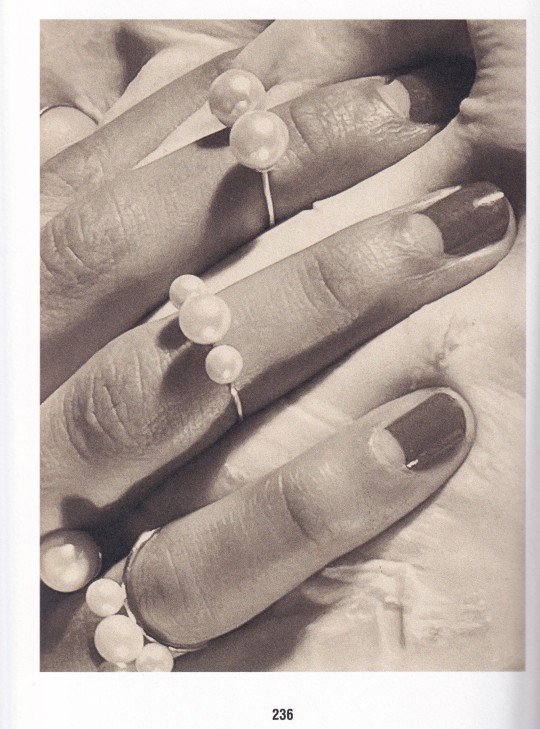
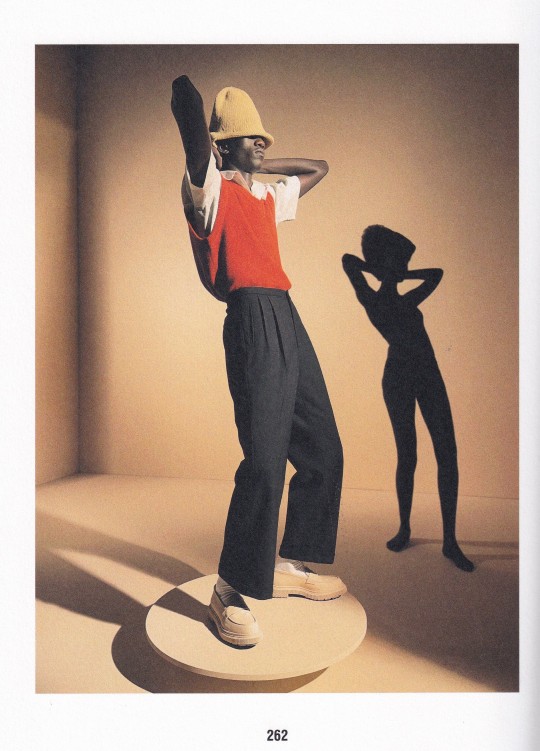
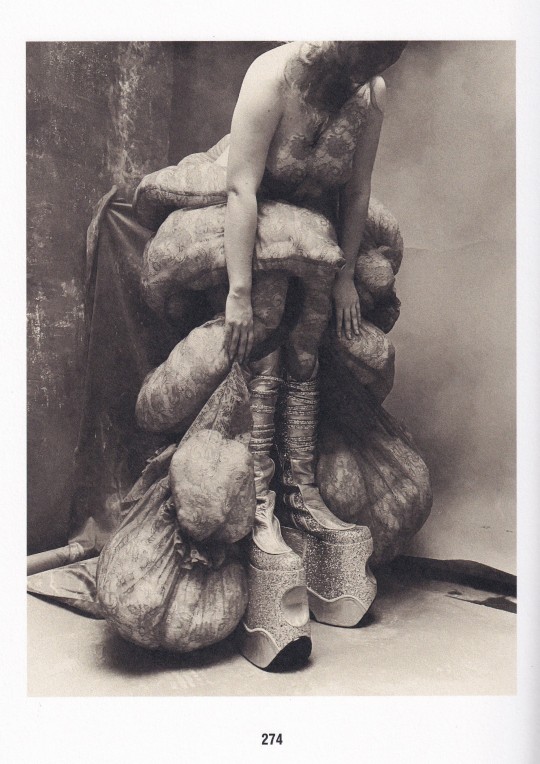
Paul Koikeer Fashion
Graphic Jurgen Maelfeit
Art Papers Editions, Gent 2023, 2000 copies, 288 pages, 18,4×24,2cm, ISBN 9789464660647
euro 58,00
email if you want to buy [email protected]
“Fashion” is a concept that represents what is trending at the moment. Paul Kooiker’s fashion photography, on the other hand, is characterised by its timelessness. The artist portrays the biggest fashion brands and today’s most famous faces, but transports them to a world of their own. Disconnected from time and place, his surreal images feel like film stills with stories we can only guess.
His photography transcends classic gender roles: his models adopt unusual poses and their faces are often left out of frame, obscuring their identity. At times, it is not even clear whether the subject is human or a doll. In order to capture the extravagance of luxury objects, Kooiker magnifies its means of presentation, like for example mannequins and displays, to such a degree that it is ultimately our desire itself that is captured by his camera.
Over the span of 10 chapters, he endeavors to articulate his perspective on fashion. This commissioned work, bearing the same title, was showcased prominently in a solo exhibition at the Museum Folkwang Essen in 2021 and at Foam Amsterdam in 2022.
23/12/23
#Paul Kooiker#fashion photography#photography exhibition#Museum Folkwang Essen 2021#Foam Amsterdam 2022#fashion books#fashionbooksmilano
0 notes
Photo
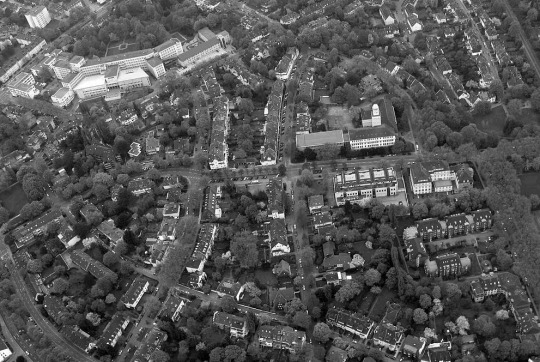
0 notes
Text

Folkwang Museum (1956-60) in Essen, Germany, by Horst Loy, Werner Kreutzberger & Erich Hösterey
#1950s#museum#glass#steel#architecture#germany#nachkriegsarchitektur#nachkriegsmoderne#architektur#essen
113 notes
·
View notes
Text

László Moholy-Nagy, Untitled (Multiple Portrait), c. 1927, Folkwang Museum Collection, Essen (New Vision)
32 notes
·
View notes
Text


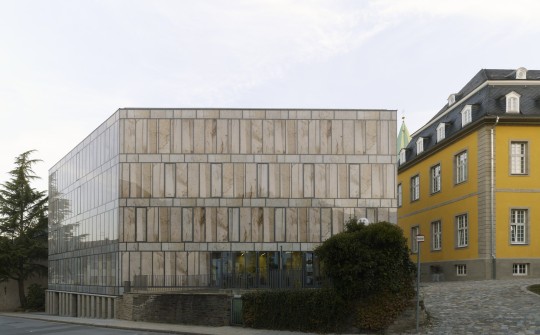
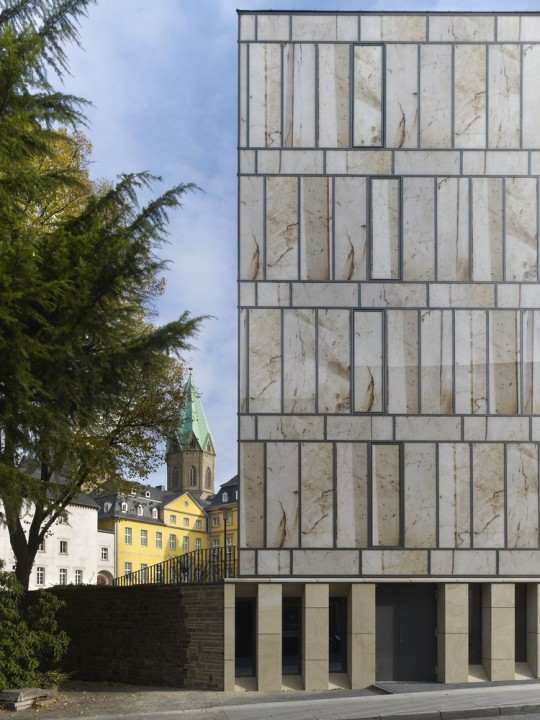

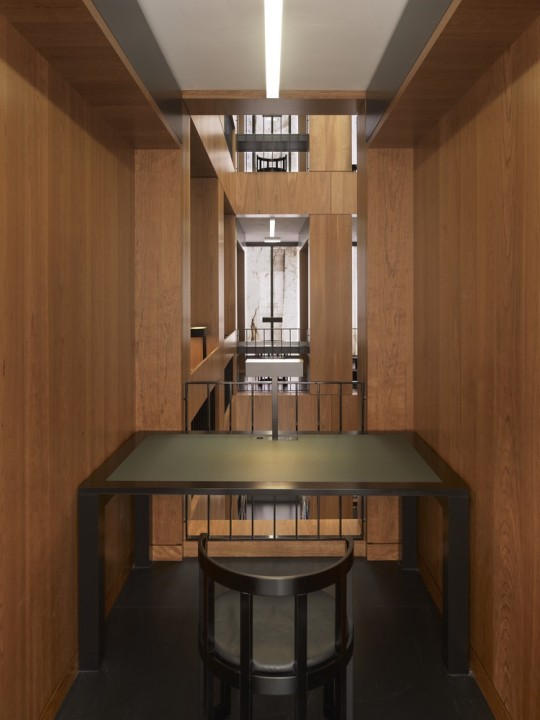

Folkwang Library, Essen, Germany - Max Dudler
#Max Dudler#architecture#design#building#modern architecture#interiors#minimal#facade#glass#translucent#light#ordered#columns#library#marble#timber#books#beautiful architecture#amazing places#germany
174 notes
·
View notes
Text

‘Don Judd,’ the artist’s first major European retrospective opened at the Stedelijk Van Abbemuseum, Eindhoven in the Netherlands fifty-five years ago today on January 16, 1970. The exhibition included six floor works and six wall works, one of which was acquired by the museum for its collection. Curated by Jean Leering, then museum director, the exhibition then traveled to the Museum Folkwang in Essen; Kunstverein in Hannover; and Whitechapel Art Gallery in London.
16 notes
·
View notes
Text






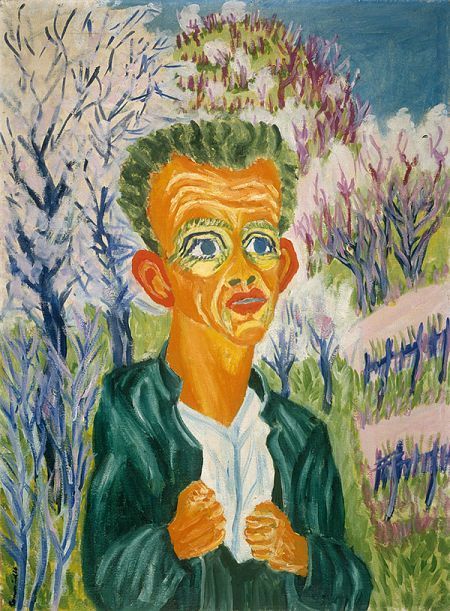
Paul Camenisch (1893 - 1970) was a Swiss architect, draftsman and painter. He was a co-founder of the expressionist artist groups «Rot-Blau» (also of "Rot-Blau II") and the «Gruppe 33».
Camenisch studied architecture at the ETH Zurich under Karl Moser. From 1916 to 1919 he was a construction manager in East Prussia, Danzig and Berlin. From 1921 to 1924 he painted his first watercolors with fantastic architectural landscapes. In 1924 he moved to the "Villa Loverciano" in Castel San Pietro in Mendrisiotto. There his friends Hermann Scherer and Albert Müller encouraged him to paint and from 1925 he turned away from architecture completely and became a full time artist.
On New Year’s Eve 1924/1925, Paul Camenisch, Hermann Scherer and Albert Müller founded the Group "Rot-Blau”, an artists’ association modeled on “Die Brücke”, which made the most important contribution to Swiss Expressionism.
In the summer of 1926, Camenisch and his future wife Martha Hörler spent three months with Ernst Ludwig Kirchner in Frauenkirch for the first time ; further stays followed. In the same year, the third and final exhibition of the artist group "Rot-Blau" took place in the Kunsthalle Basel, organized by the sponsor and curator Wilhelm Barth. Kirchner acquired the portrait of the sculptor Hermann Scherer from Camenisch and shortly afterwards donated it to the Museum Folkwang in Essen. There it was confiscated in 1937 in the Nazi campaign " Degenerate Art ". It was shown in 1937 in the Nazi exhibition " Degenerate Art " in the Haus der Kunst in Munich and has been considered lost ever since.
Camenisch initially based his work on Ernst Ludwig Kirchner in terms of color and form. At the beginning of the 1930s, his style moved away from expressionism.
After the deaths of Scherer and Müller, the "Rot-Blau", also known as "Rot-Blau" II", was re-founded in 1928 with Hans Stocker , Coghuf (Ernst Stocker), Otto Staiger, Charles Hindenlang and Max Sulzbachner.
In 1933 he married Martha Hörler and in the same year he was one of the co-founders of the Basel artists' association " Group 33 "; he was its president from 1937 to 1952. In 1953 he was expelled from the group because of alleged political activities on a cultural trip to Russi. In fact, alongside his painting, Camenisch was intensively involved in political work, initially in various aid committees such as the founding of the "Aid Organization for Women and Children in Germany" and in aid for emigrants, supported by his wife who was also a politically active member of the PdA . Due to the predominantly politically motivated artistic and social isolation, galleries in Basel were put under pressure by the Hypothekarbank to stop exhibiting Camenisch.
In 1959, Camenisch was able to present his work in a major solo exhibition at the Musée de l'Athénée in Geneva and in 1962 in Prague. He was involved in the preparations for a comprehensive exhibition of his work in August/September 1970 at the Kunsthalle Basel, but died on February 13 of the same year. He was buried in a grave in the Hörnli cemetery .
22 notes
·
View notes
Text
#ThreeForThursday:
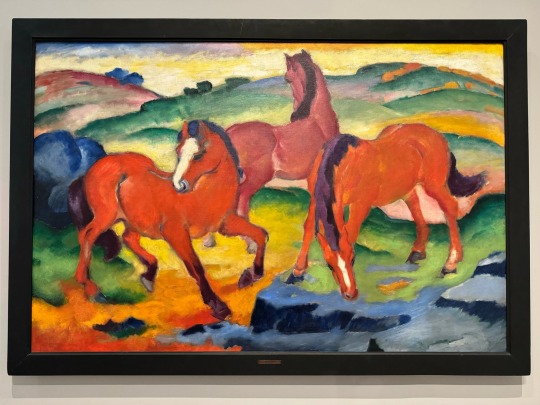
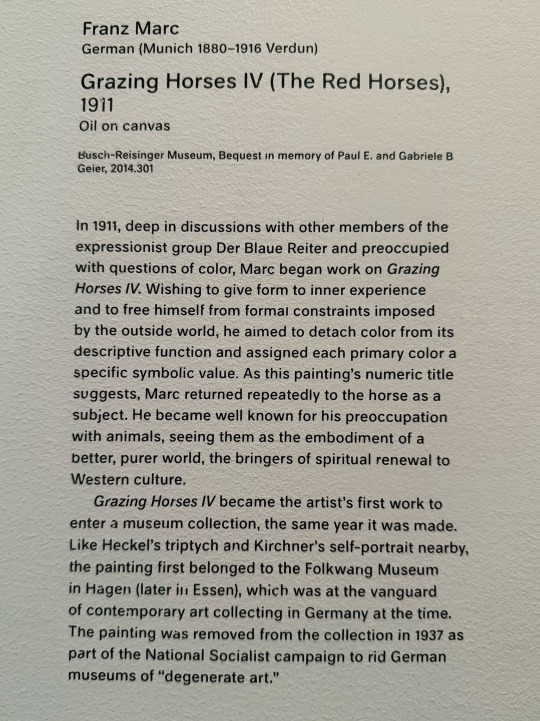
Franz Marc (German, 1880-1916)
Grazing Horses IV (The Red Horses), 1911
Oil on canvas, 121 x 183 cm (47 5/8 x 72 1/16 in.)
On display at Harvard Art Museums
“In 1911, deep in discussions with other members of the expressionist group Der Blaue Reiter and preoccupied with questions of color, Marc began work on Grazing Horses IV. Wishing to give form to inner experience and to free himself from formal constraints imposed by the outside world, he aimed to detach color from its descriptive function and assigned each primary color a specific symbolic value. As this painting's numeric title suggests, Marc returned repeatedly to the horse as a subject. He became well known for his preoccupation with animals, seeing them as the embodiment of a better, purer world, the bringers of spiritual renewal to Western culture.
Grazing Horses IV became the artist's first work to enter a museum collection, the same year it was made. Like Heckel's triptych and Kirchner's self-portrait nearby, the painting first belonged to the Folkwang Museum in Hagen (later in Essen), which was at the vanguard of contemporary art collecting in Germany at the time.
The painting was removed from the collection in 1937 as part of the National Socialist campaign to rid German museums of ‘degenerate art.’”
Bonus #BookRecommendation:
Franz Marc: Horses (2000)

#animals in art#european art#20th century art#museum visit#German art#german expressionism#der blaue reiter#Franz Marc#Harvard Art Museums#1910s#trio#Three for Thursday#painting#oil painting#horse#horses#book recommendation#Amazon Associates
28 notes
·
View notes
Text

Photo, Peter Bialobrzeski From, Give My Regards To Elizabeth - a record of Peter Bialobrzeski’s time in England in the early 1990s, when having finished his studies at the Folkwang School, Essen he was awarded a one year DAAD stipend at London College of Communication.
43 notes
·
View notes
Text

Gertrud Arndt (German, born Poland, 1903-2000) Masked Self-Portrait (No. 16) 1930 Gelatin silver print 8 15/16 × 6 15/16 in. (22.7 × 17.6cm) Museum Folkwang, Essen
Gertrud Arndt (née Hantschk; 20 September 1903 – 10 July 2000) was a German photographer and designer associated with the Bauhaus movement. She is remembered for her pioneering series of self-portraits from around 1930. via Wikipedia
7 notes
·
View notes
Photo

RAFAEL ROZENDAAL . Colore, Codice, Comunicazione
Una mostra monografica digitale di un artista che propone opere immesse nel mercato dell’arte NFT
0 notes
Text

Germaine Krull, born Germany, active Germany, France, Brazil, Thailand, and India, 1897–1985 Untitled (Smokestack), mid-1920s. (Estate Germaine Krull, Museum Folkwang, Essen)
39 notes
·
View notes
Text
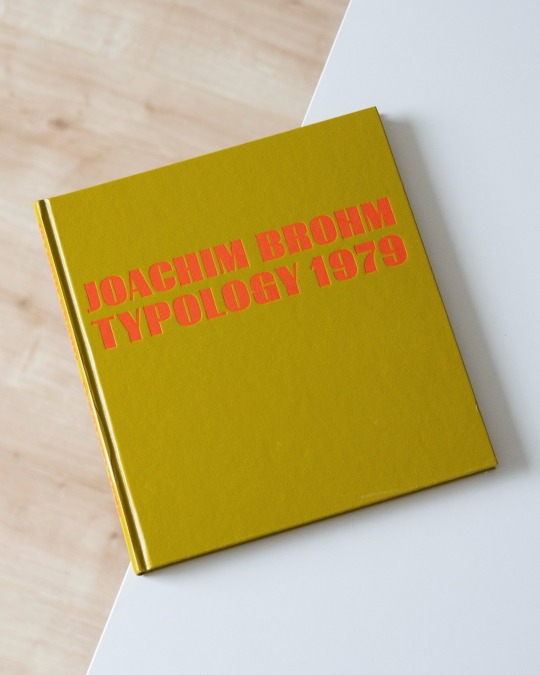

In 1979, at the age of 24 and while still a student at Folkwang School Essen, Joachim Brohm set out to document the semi-private architecture of the Schreber gardens, the German equivalent to the allotment garden named after the physician Moritz Schreber. Likely inspired by the Bechers’s typologies of industrial architecture Brohm shows the often hand-built houses crowning in all of their variety: sometimes a mere hut, sometimes quite elobrate small houses these buildings and their surrounding gardens are the extended living rooms of their lodgers. Set against the neutral grey sky of the German winter Brohm approaches the houses from the gardens' gates and documents the various forms and shapes of the houses. But in contrast to the Bechers he never solely focuses on the architecture but also shows the interesting details and leftover artifcats present around the houses which tell of the life going on in and around them during spring and summer: footballs, lawn gnomes or simple vegetable beds immerse the viewer in the little stories hidden behind the walls and artifacts that are inextricably connected to the sphere of the Schreber gardens. Some might sniff at these identifiers of a petty bourgeois lifestyle but Brohm documents a grown cultural form that at the moment sees a revival among mostly well-educated urbanites.
That this early work of Joachim Brohm finally saw the light of day in 2014 is due to Mack Publishing who in close cooperation with the artist transferred his photographs into the present volume, fittingly entitled "Typology 1979". It gathers 35 Schreber garden photographs and a highly readable introduction to the series by Ulf Erdmann Ziegler who not only studied in the Ruhr area at the same time as Brohm did but also provides a historico-cultural excursus into the late 1970s Ruhr area and the Schreber gardens in particular, an essays that makes the book both a visual and intellectual pleasure!
17 notes
·
View notes